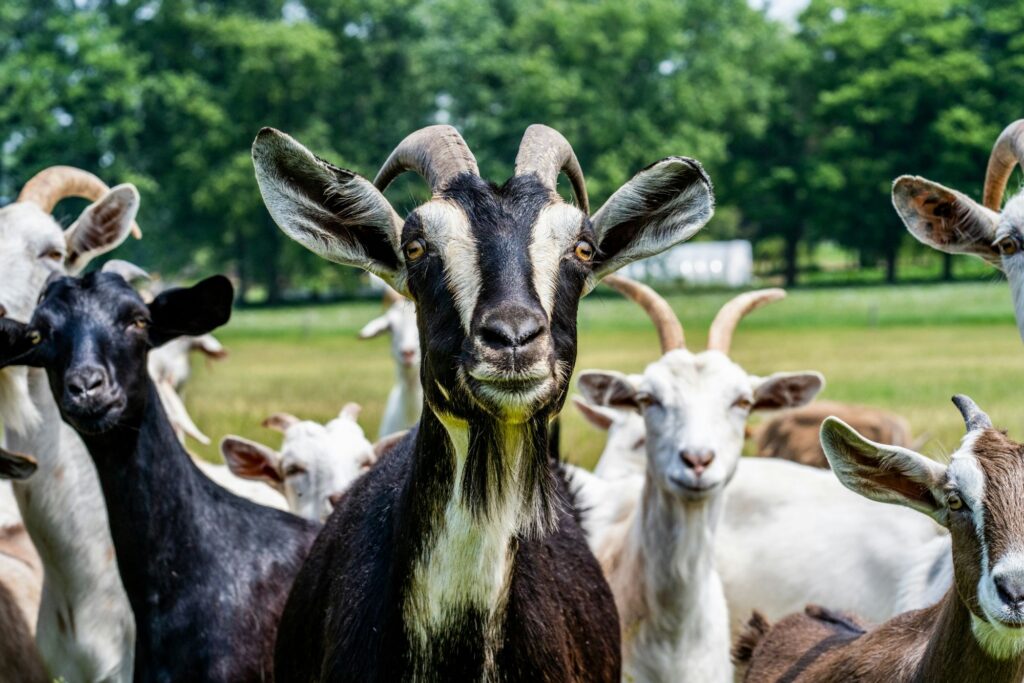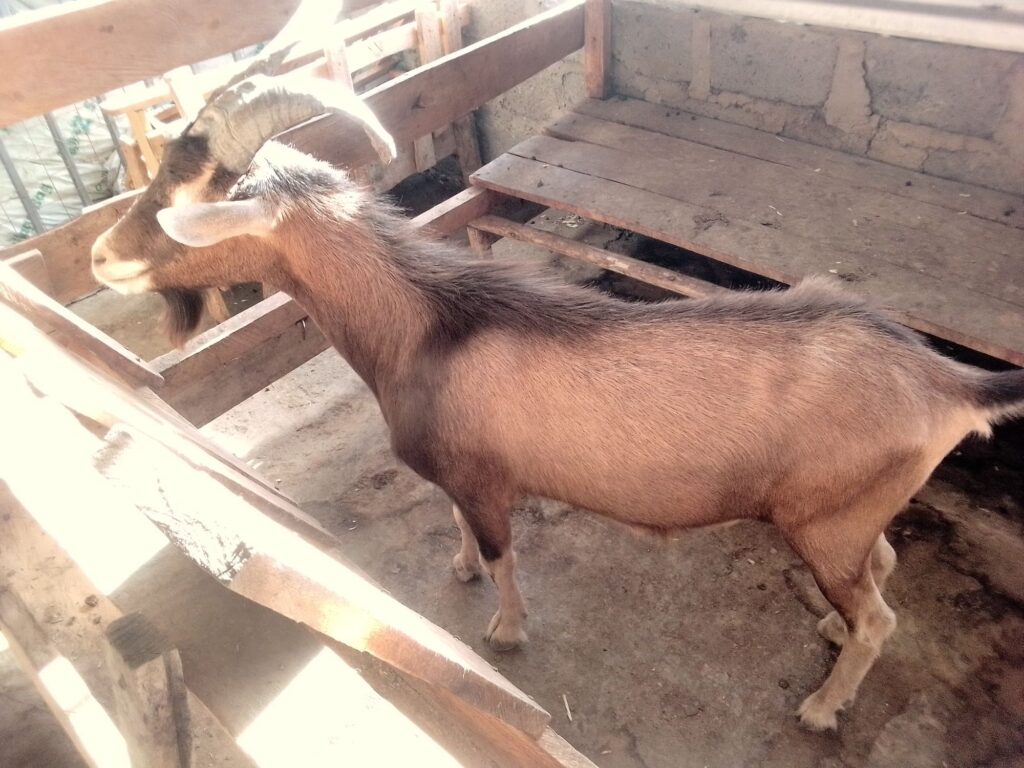
Dairy goat farming is fast gaining popularity in Kenya. Farmers and consumers alike are turning to goat milk for its rich taste, impressive nutrition, and premium market price. Goat milk isn’t just different — in many ways, it’s better than cow milk. And for aspiring farmers, dairy goats are easier to manage, require less space, and offer a faster return on investment.
My First Encounter with Dairy Goat Milk
I fell in love with dairy goat farming while back in Kajiado two years ago. One evening, just before the sun dipped behind the Ngong Hills, I called on my friend Sylvanus at his farm. He served me a warm cup of milk tea. The chai tasted different from what I was used to, and before I could ask, Sylvanus told me it was goat milk.
He was full of praise for the milk, saying that just half a litre was enough to make “strong” tea for more than five Luhya men.
I was intrigued. Of course, I had heard of goat milk, but it was my first time tasting it — and I loved it. We were in the land of Maa, with vast herds of cattle, goats, and sheep. But guess who had sold Sylvanus the milk?
It was one Mr. Wafula, a Luhya man farming dairy goats at the heart of Maasailand. The next day, I asked Sylvanus to take me there.
Mr. Wafula’s farm was impressive — a modern dairy goat farm with breeds such as the Saanen, Alpine and Toggenburg, well-fed on silage prepared from their own maize grown on five acres of leased land. They sold milk at Kshs. 200 per litre, mainly to the local Maasai community. Demand was especially high during drought seasons when livestock numbers dropped.
Watching those beautiful goats clicked something in me. I swore to start something similar in Busia — not just for profit, but to inspire my people and create employment. In the near future, alongside my rabbit and pig projects, dairy goat farming is going to be part of my agribusiness journey.
Why Goat Milk Beats Cow Milk
Goat milk’s unique qualities make it stand out from cow milk in several ways:
1. Easier to digest
Smaller fat globules and a softer curd make it gentler on the stomach. Contains less lactose than cow milk, making it easier to tolerate for some people.
2. Richer in Key Nutrients
More calcium, magnesium, potassium, and vitamin A than cow milk. Naturally higher in certain essential amino acids.
3. Lower Allergenic Potential
Contains less αs1-casein — a protein that often triggers dairy allergies.
4. Naturally Homogenized
The cream stays evenly mixed without processing, giving a smooth, creamy texture.
5. Health Benefits
- Supports bone health due to high calcium and phosphorus content.
- Boosts immunity thanks to higher levels of selenium and zinc.
- Promotes gut health because it’s easier to digest and may reduce inflammation.
- Beneficial for skin health — its fatty acids and vitamin A can help improve skin texture.

Popular Dairy Goat Breeds in Kenya
Saanen
Originating from Switzerland, the Saanen is one of the most popular dairy goat breeds worldwide. It is easily recognized by its pure white coat and calm temperament. Highly adaptable to different environments, the Saanen produces between 3–4 litres of milk per day, with a butterfat content of around 3–4%. Its milk has a mild flavor, making it ideal for direct consumption and processing into cheese.
Toggenburg
Also from Switzerland, the Toggenburg breed is known for its brown coat with distinctive white markings. It is hardy, resilient, and performs well even in challenging climates. On average, Toggenburg goats produce 2–3 litres of milk daily, with a butterfat content of 3–4%, giving the milk a rich and creamy taste.
Alpine
The Alpine goat, originally from France, is admired for its adaptability and energy. Its coat can come in multiple colours, and it thrives in different climatic conditions. An Alpine goat can produce 3–4 litres of milk per day, with a butterfat content of about 3–3.5%, making the milk suitable for both fresh consumption and yoghurt production.
Anglo-Nubian
Developed in the UK, the Anglo-Nubian is instantly recognizable by its long, floppy ears and large body frame. It performs exceptionally well in hot climates and produces 2–3 litres of milk daily. What sets it apart is its very high butterfat content — between 4–5% — making the milk rich, creamy, and perfect for premium dairy products.
Advantages of Dairy Goat Farming
- Needs less space than dairy cows
- Lower feed costs and requirements
- Goats start producing milk as early as 12–15 months
- Milk sells at Kshs. 150–250 per litre in many regions
- High demand in both urban and rural markets
- Ideal for value addition (cheese, yoghurt, soap)
How to Start Dairy Goat Farming in Kenya
- Housing – Build raised, well-ventilated sheds to keep goats dry and safe.
- Quality Breeds – Start with 2–5 high-quality does from reputable breeders.
- Feeding – Provide Napier grass, maize silage, calliandra, desmodium, and concentrates.
- Health Management – Regular deworming, vaccinations, and vet checks.
- Water Supply – Ensure constant access to clean water.
- Breeding Plan – Use superior bucks or AI (artificial insemination) for strong, high-yielding offspring.
- Market Research – Identify your target buyers before you start production.
Final Word: Dairy goat farming is more than just producing milk. It’s a business opportunity, a source of nutrition, and a way to create jobs in rural areas. If you have passion and commitment, even a small piece of land can be transformed into a profitable venture.

Disclosure: This banner contains an affiliate link. I may earn a commission if you purchase through it, at no extra cost to you.
